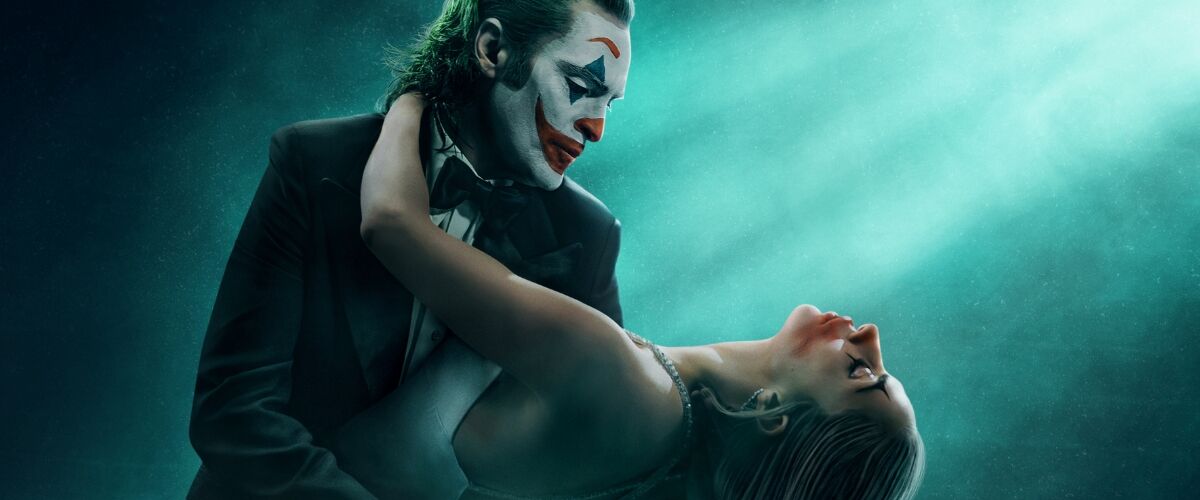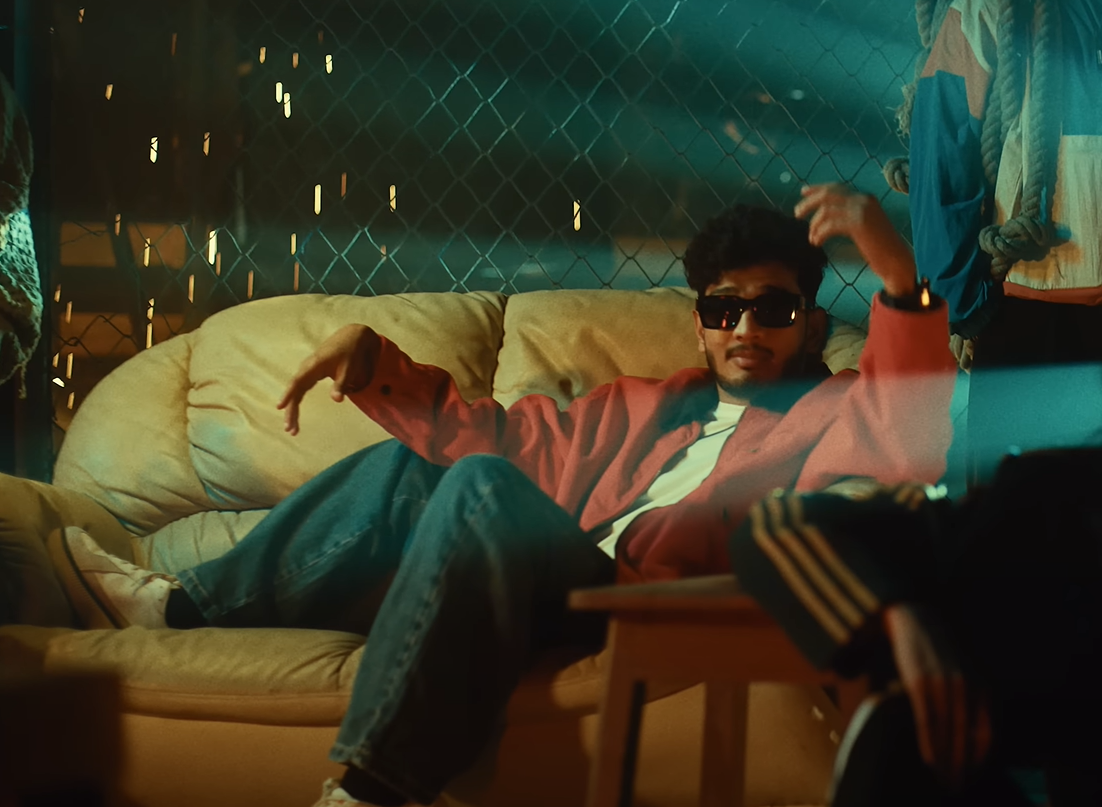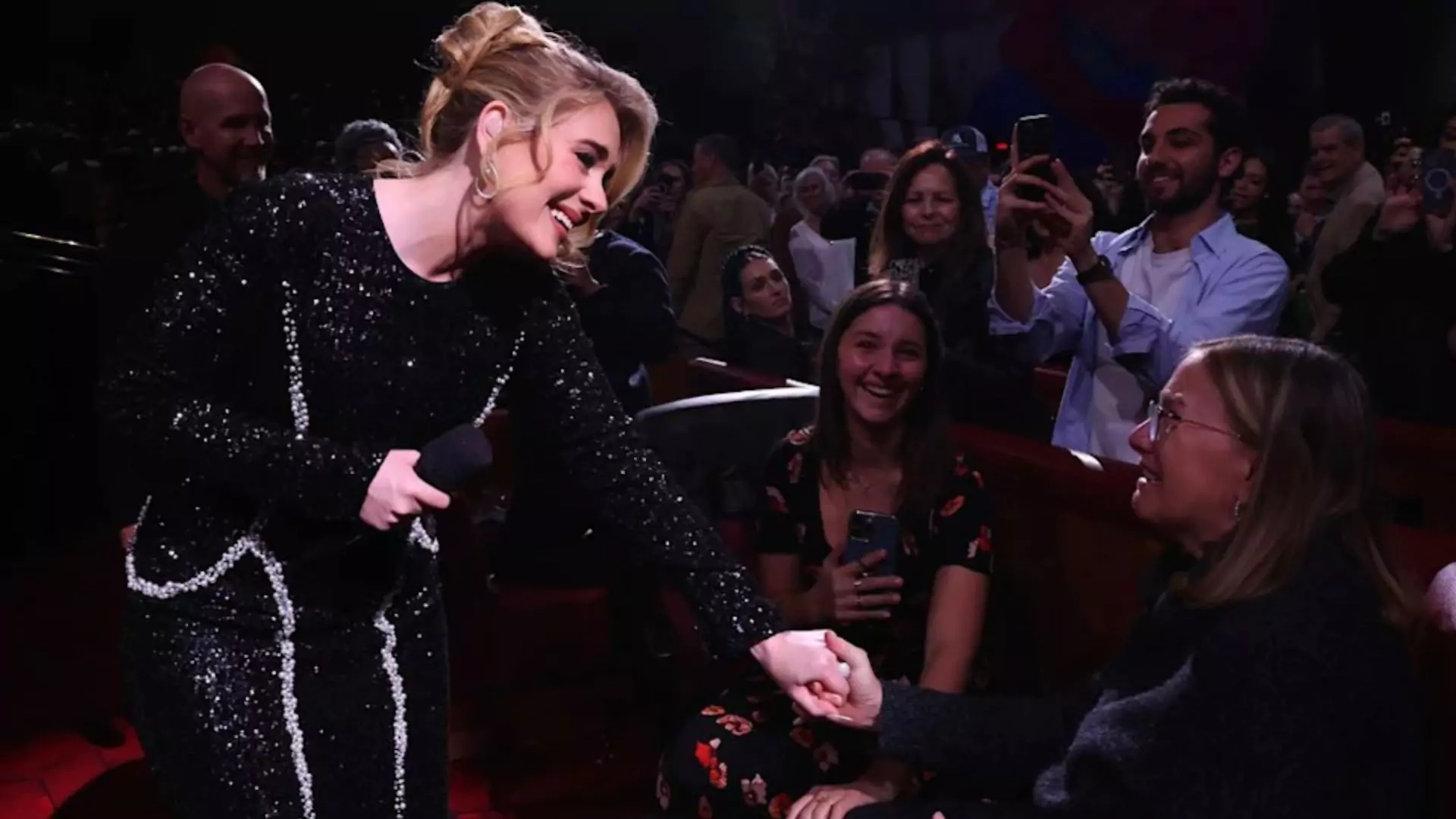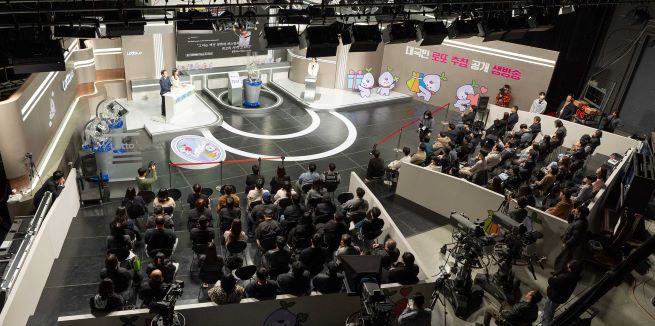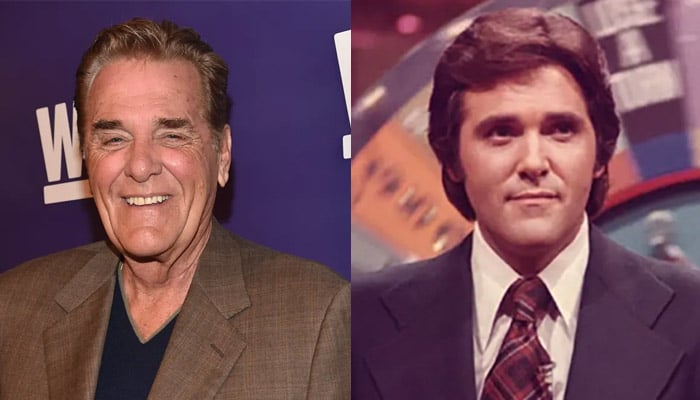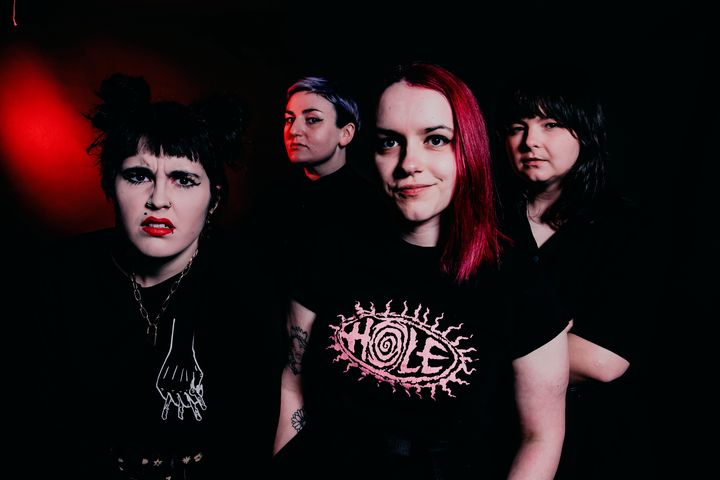share 0 0 0 0 0 0 0 The Joker’s enduring popularity is a curious phenomenon. While his status as one of the greatest comic book villains is undeniable, his appeal extends far beyond the pages of DC Comics, captivating audiences and infiltrating pop culture in ways that few fictional characters have achieved. He’s become an icon, a symbol of chaos and rebellion, with his image emblazoned on everything from t-shirts to tattoos.
But why? What is it about this agent of anarchy that resonates so deeply with audiences? Perhaps it’s the Joker’s embodiment of our darkest impulses, the forbidden desires and transgressive thoughts that lurk beneath the surface of civilised society. Characters like the Joker, Breaking Bad ’s (2008-2013) Walter White, and Hannibal Lecter offer a vicarious thrill, allowing us to explore the shadows of human nature without consequence. The Joker’s enigmatic origins and ever-shifting persona further contribute to his mystique so with no definitive backstory or singular interpretation regarded as central to the character, he has become a blank canvas onto which audiences can project their own interpretations.
It’s these very questions of identity, morality, and the nature of evil that director Todd Phillips attempts to grapple with in his latest film, Joker: Folie à Deux , a follow-up to his critically acclaimed Joker (2019). A controversial yet undeniably successful venture, Joker ignited a firestorm of debate surrounding its depiction of vi.
